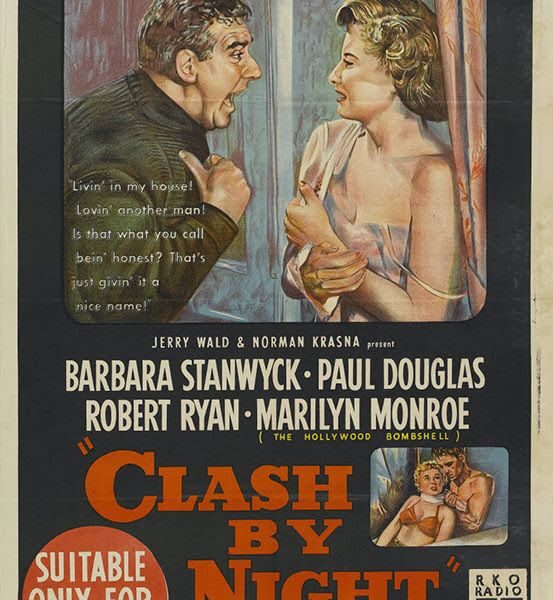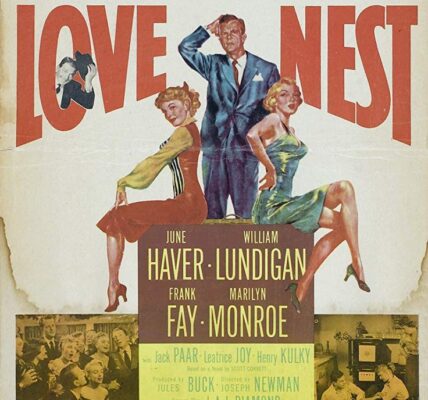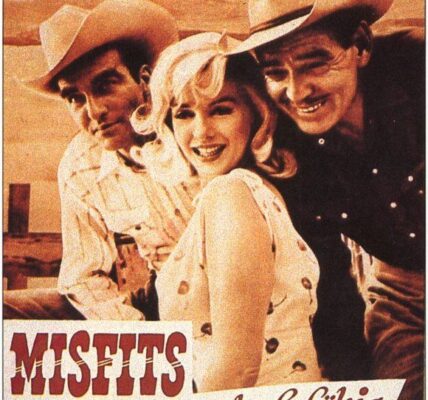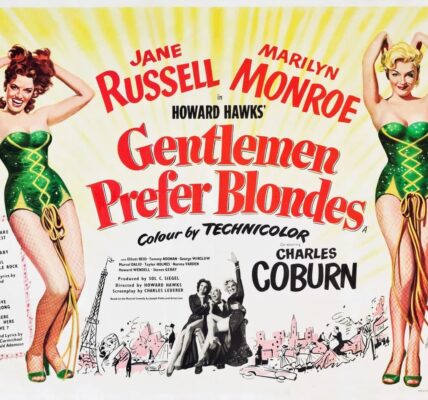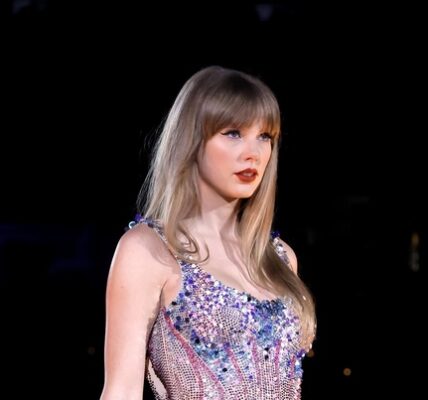**”Clash by Night”** (1952) is a dramatic film that features Marilyn Monroe in a supporting role, showcasing her developing acting talent as she transitioned from smaller roles to more substantial parts in Hollywood. Directed by Fritz Lang, the film is an adaptation of the 1941 play by Clifford Odets and is known for its intense emotional drama and strong performances.

### Film Details:
– **Title**: Clash by Night
– **Release Year**: 1952
– **Genre**: Drama, Film Noir
– **Director**: Fritz Lang
– **Screenwriters**: Alfred Hayes (adaptation), based on the play by Clifford Odets
– **Cinematography**: Nicholas Musuraca
– **Production Company**: RKO Pictures
– **Runtime**: 105 minutes
– **Main Cast**:
– **Barbara Stanwyck** as Mae Doyle D’Amato
– **Paul Douglas** as Jerry D’Amato
– **Robert Ryan** as Earl Pfeiffer
– **Marilyn Monroe** as Peggy
– **Keith Andes** as Joe Doyle

### Plot Summary:
**”Clash by Night”** tells the story of **Mae Doyle** (Barbara Stanwyck), a world-weary woman who returns to her small fishing hometown after a failed romance. She reconnects with her brother **Joe Doyle** (Keith Andes) and soon finds herself in a relationship with **Jerry D’Amato** (Paul Douglas), a kind but simple fisherman. Despite Jerry’s love for her, Mae feels restless and trapped in the small town.
Mae eventually becomes drawn to **Earl Pfeiffer** (Robert Ryan), a cynical and embittered man who works as a projectionist at the local movie theater. Mae’s emotional turmoil leads her into an affair with Earl, which threatens her marriage to Jerry and creates a complex love triangle filled with tension, desire, and betrayal.

### Marilyn Monroe’s Role:
Monroe plays **Peggy**, the young, sweet-natured girlfriend of Joe Doyle. Although Peggy is a supporting character, Monroe brings a warmth and charm to the role, making her a memorable presence in the film. Peggy represents the hopeful, innocent side of life, in contrast to the more hardened and conflicted Mae. Monroe’s portrayal of Peggy is genuine and down-to-earth, showing her ability to play a more subtle, dramatic role compared to her later glamorous performances.
Peggy’s relationship with Joe is in stark contrast to the troubled relationships of the other characters, offering a glimpse of innocence in a film filled with darker themes of dissatisfaction and infidelity. Monroe’s natural beauty and vulnerability in the role helped cement her reputation as a serious actress, not just a Hollywood glamour girl.

### Themes:
– **Disillusionment and Desire**: The film explores themes of personal disillusionment, with Mae feeling trapped by her choices and yearning for something more than the life she has with Jerry. Her affair with Earl is driven by her restless desire for excitement and escape.
– **Love and Betrayal**: Central to the story is the theme of love and betrayal, as Mae’s affair with Earl devastates Jerry, who represents a more stable and traditional form of love. The film delves into the complexities of romantic relationships and the emotional consequences of infidelity.
– **Working-Class Struggles**: Set in a small fishing town, **”Clash by Night”** also depicts the struggles of working-class people, with the characters trying to navigate personal and financial hardships.

### Reception:
**”Clash by Night”** received generally positive reviews upon its release, particularly for its strong performances by Barbara Stanwyck and Robert Ryan. Critics praised the film’s exploration of emotional and moral complexity, as well as the dark, atmospheric tone set by director Fritz Lang. Monroe’s performance was also noted as a highlight, with her ability to convey vulnerability and innocence standing out in contrast to the film’s more cynical and jaded characters.
This film was a significant moment for Monroe as she transitioned from being seen primarily as a glamorous starlet to being recognized as a serious actress with depth and emotional range. **”Clash by Night”** was one of several films in 1952 that helped propel Monroe to greater fame, leading to her starring roles in films like **”Niagara”** (1953) and **”Gentlemen Prefer Blondes”** (1953).

### Fun Fact:
Director **Fritz Lang**, known for his work in the film noir genre, brought a darker, more psychological edge to the story, elevating it beyond a simple melodrama. Monroe later recalled that Lang was strict on set, but working under his direction helped her refine her acting skills.
**”Clash by Night”** remains notable not only for its dramatic content but also for marking an important turning point in Monroe’s career, as she began to be taken more seriously as an actress beyond her physical beauty.
Watch movie:
